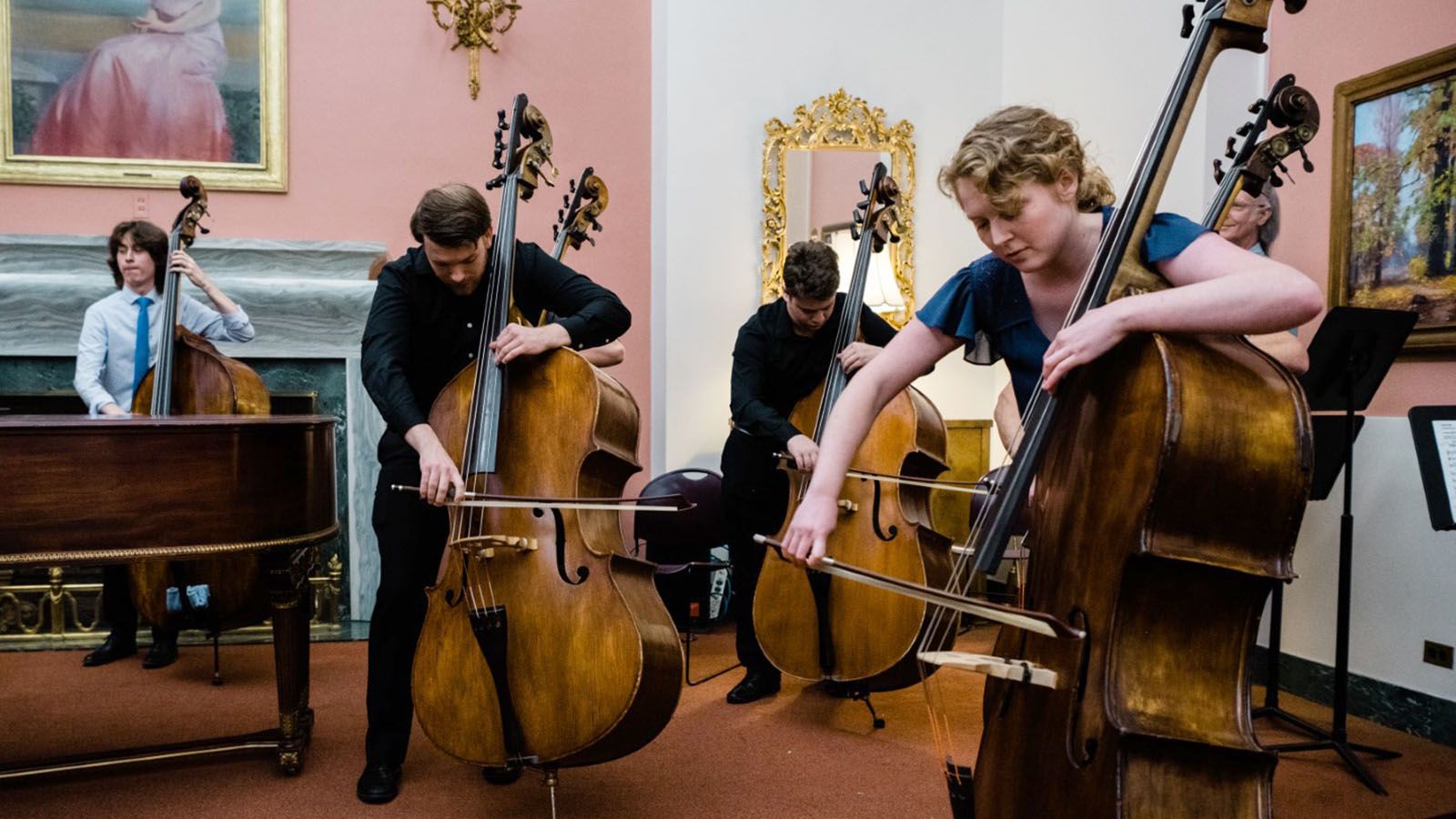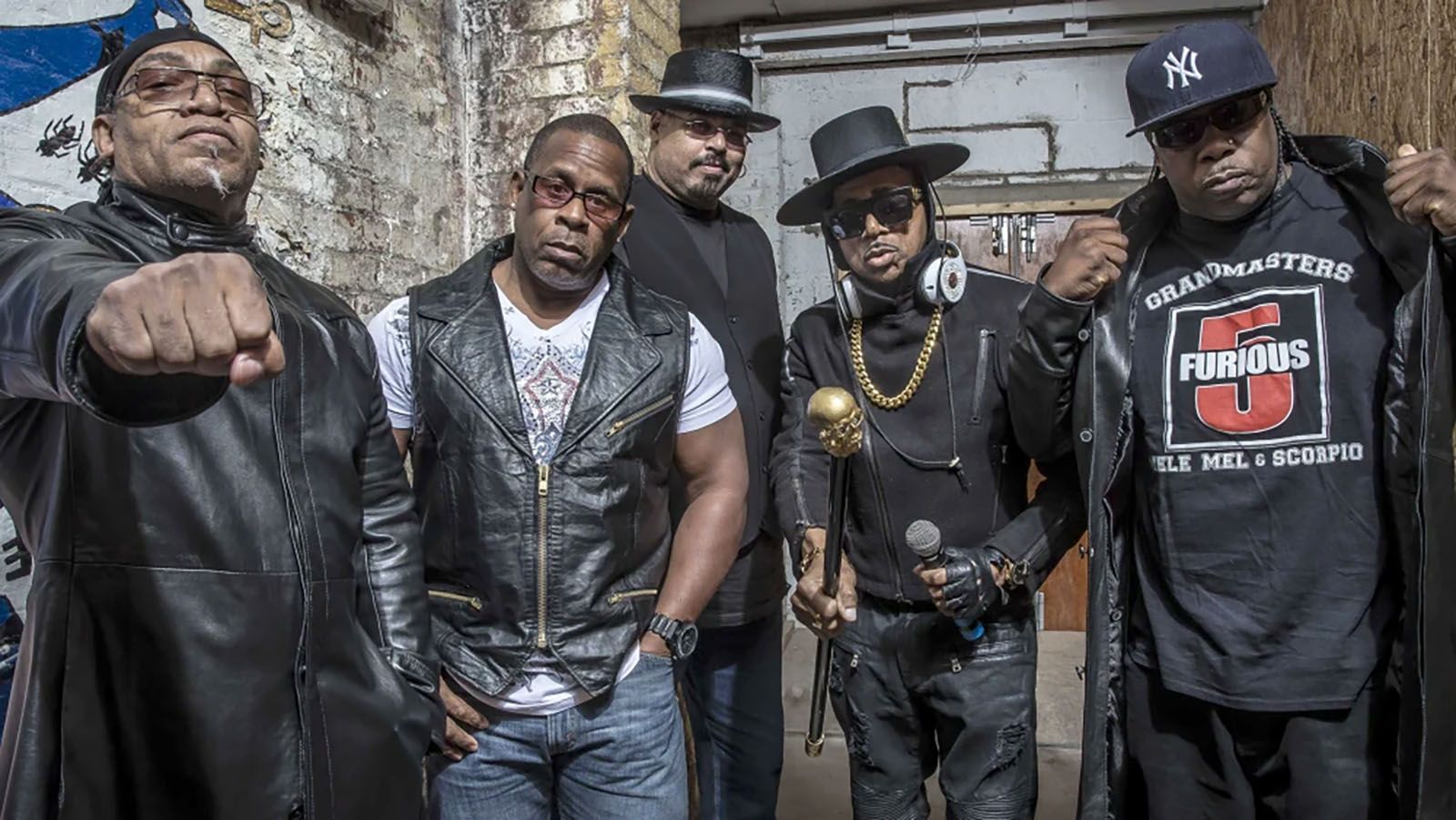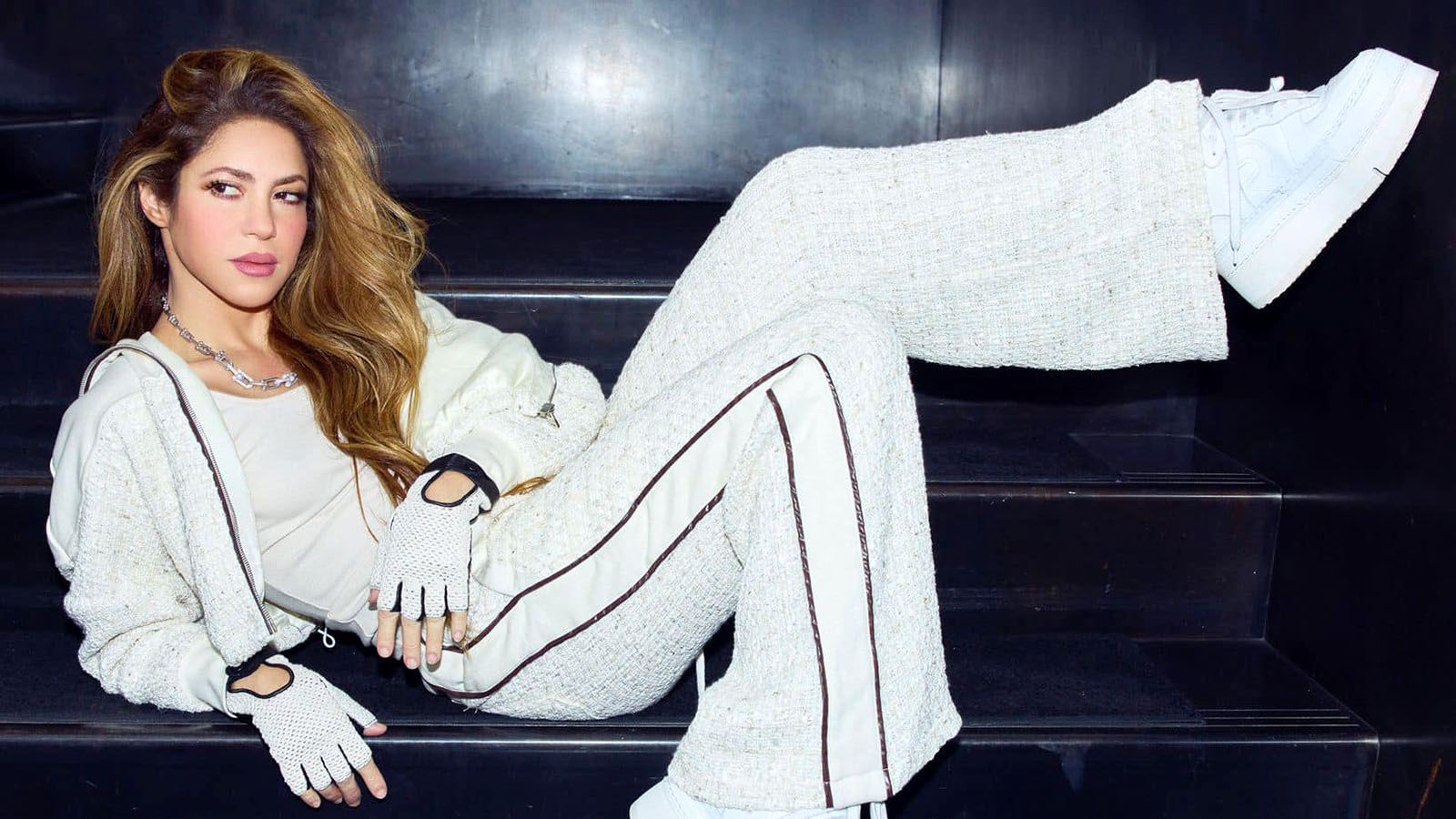A unique summer music school in Wabash will be giving a series of three Friday concerts in June bursting with prodigious talent. And it’s not a local school for kids.
Honeywell Arts Academy brings in the best and brightest young adult women and men from university music schools and conservatories in the U.S. and abroad, including students from around the world. Hundreds of students apply each year; only about 30 are chosen and given full scholarships.
Their talents will be on display over the course of three Friday nights at Eagles Theatre, beginning with Resonance Live on June 7, followed by Soundboard Live on June 14 and Wabass Live on June 21.
This year’s scholars range in age from 18 to 31, from college freshman prodigies to post-doctoral fellows and working professionals with symphony orchestras.
Honeywell Arts Academy
Resonance Live
7:30 p.m. Friday, June 7
Soundboard Live
7:30 p.m. Friday, June 14
Wabass Live
7:30 p.m. Friday, June 21
Eagles Theatre
106 W. Market St., Wabash
$10-$45 · (260) 563-1102
Fine-tuning program
This singular program, based on the vision of Grammy-winning upright bass player Ranaan Meyer of the crossover group Time for Three, is training the next generation, pushing into new musical realms yet defined.
Take my word for it, there’s music here to startle and delight just about anybody. The three one-week programs are designed to get all the musicians, already seriously talented, out of their comfort zones and the strictures of “classical” music.
The concerts at the end of each one-week program include an all-star faculty and are open to the public.
On Friday, June 7, the Resonance school presents a startling array of none-of-the-above acoustic music groups, in the spirit of Time for Three, steeped in classical music but reaching over into jazz, bluegrass, folk music, pop, and you name it. Students from the Juilliard School, Pace University in New York, the Federal University of Paraíba in Brazil, Oberlin Conservatory, and another eclectic group from Connecticut, will play.
On Friday, June 14, the Soundboard school presents the most traditional program, that of piano soloists playing repertoire, but with a few unexpected twists. Nine performers are coming from the San Francisco Conservatory, Stony Brook University, Juilliard, the Nowowiejski Academy of Music in Poland, the University of Michigan, the Glenn Gould School in Toronto, the Manhattan School of Music, and the University of Minnesota.
Friday, June 21, is another performance by the fabled Wabass school (great name, isn’t it?), which brings upright bass players to Wabash. Bassists aged 19 through 25, from the Peabody Institute at Johns Hopkins in Maryland, the University of Cincinnati Conservatory, Juilliard, Oberlin, University of Michigan, and Northwestern University will perform movements from sonatas and concertos for solo bass and piano. There’s always a big finish with 12 bassists on stage.
The piano faculty member for all three schools is the ever-genial Peter Dugan, the host of NPR’s national hit weekly radio show From the Top, who will accompany all the scholars as needed in all three concerts.
During Resonance Live, you’ll see faculty members Time for Three: Meyer with Charles Yang and Nicolas Kendall on violin. Soundboard Live features Finnish piano professor Matti Raekaillo. Wabass is taught by Meyer, Eric Larson, and their mentor, Hal Robinson, retired principal bassist from the Philadelphia Orchestra.
Bringing Academy to Wabash
So, how did this impressive and most unusual music school end up in small-town Indiana?
Wabash philanthropist Richard E. Ford was a fan of Meyer and Time for Three. In 2008, he reached out to Meyer, who calls the Philadelphia area his home. They recruited the support of industrial titan Harry Halloran Jr. of Villanova, Pennsylvania, to create the institute for bass players, with the understanding that it would be in Wabash. Sadly, Ford died in 2014 and Halloran in 2022, but the academy continues with their endowments, hosted by The Honeywell Foundation, which has been active since 1941.
It wasn’t until 2020 that the academy expanded into the Resonance and Soundboard programs. Ranaan Meyer’s wife, Emily Meyer, is the year-round, full-time director of the academy. She works from Philadelphia, and comes to Wabash each June. We spoke by phone, and she told me what’s unique about all three schools.
“There’s nothing more conventional,” Emily Meyer said about Soundboard. “It’s solo pianists playing classical repertoire. It’s the easiest to explain, because people understand piano, but the approach is a bit different. Piano, historically, is a very solitary instrument.
“Pianists are often off in the practice room by themselves. Peter Dugan, as the curator of Soundboard … wants to help to foster the community of pianists.
“So, what we do at Soundboard is we bring them all together. For some pianists that’s kind of terrifying because they can’t imagine not practicing for eight hours plus a day. But we purposefully approach it in a different way,” she said.
In the concert, “They do an improvised secret special performance that is always different and a fun ending for them because it really gets them out of their comfort zone.
“Many of these pianists cannot imagine playing anything but what’s strictly written on the page when the week begins, and by the end they’re learning to improvise. They’re learning about chord structures, they’re learning how to be in tune with those around them and react to music. So it’s really a fun piece of the concert.”
In the Wabass concert, you’ll see each of the women and men perform as a soloist, collaborating with the piano. Wabass boasts a tremendous success rate of 95 percent of graduates securing full-time positions with major symphony orchestras, and this is no small thing. Landing one of these rare jobs is akin to getting drafted into major league sports.
Now, a program for pianists or bassists is one thing, but the Resonance program for acoustic bands that burst out of the confines of classical music is something else.
“There are jazz camps or folk camps or classical camps, but there wasn’t really a space for people who dabble in all of those different genres and beyond, for them to go and experience music-making together,” Emily Meyer said.
When I spoke with Ranaan Meyer in April ahead of Time for Three’s performance at Honeywell Center, he said, “It feels like we’re at the beginning of a genre, you know, kind of like Jelly Roll Morton was for jazz.
“Now there’s this whole other generation coming up after us that’s even more plentiful. We’re going into our fourth year with this next generation of misfit sprites, these Peter Pans, these people that don’t necessarily have a (musical) home.
“Still, people don’t really know how to describe what the heck they’re doing. And that’s OK with everyone. We’re all in this mad scientist existence. We are just experimenting to the point of where our hearts are taking us. And I think that’s one of the things that’s so cool about music. You could be in a rock band, and that’s awesome, right?
“I love rock, too. And then there’s this other thing where you’re just like, ‘I have no idea what I’m doing, except for the fact that I have every idea with what I’m doing,’ because it’s that magical. It’s still music and it’s all great.”
 Submit Your Event
Submit Your Event




